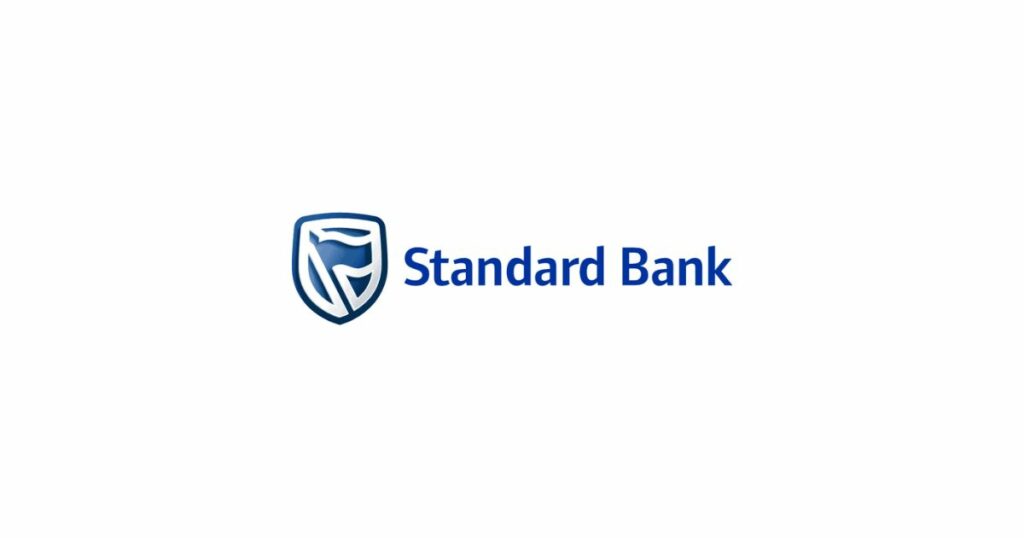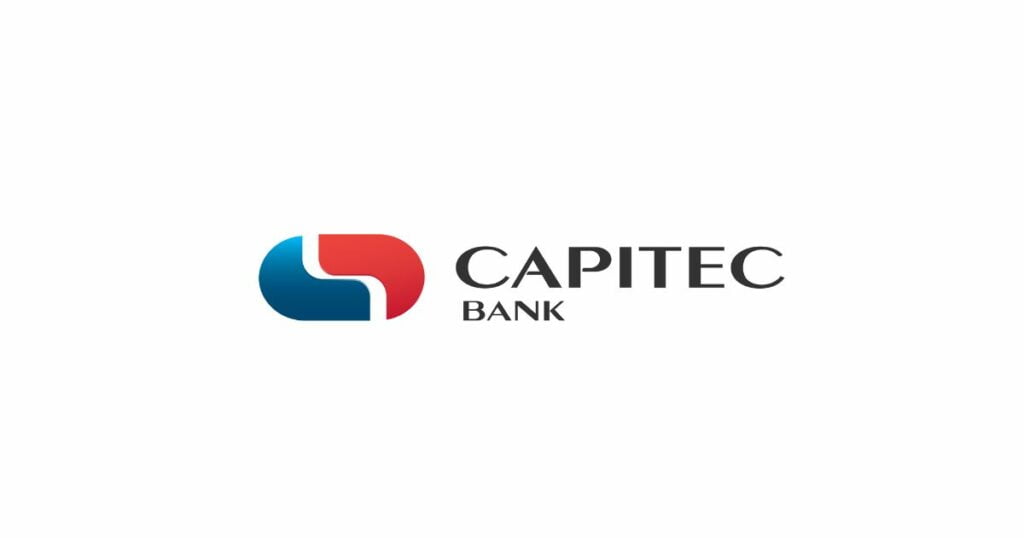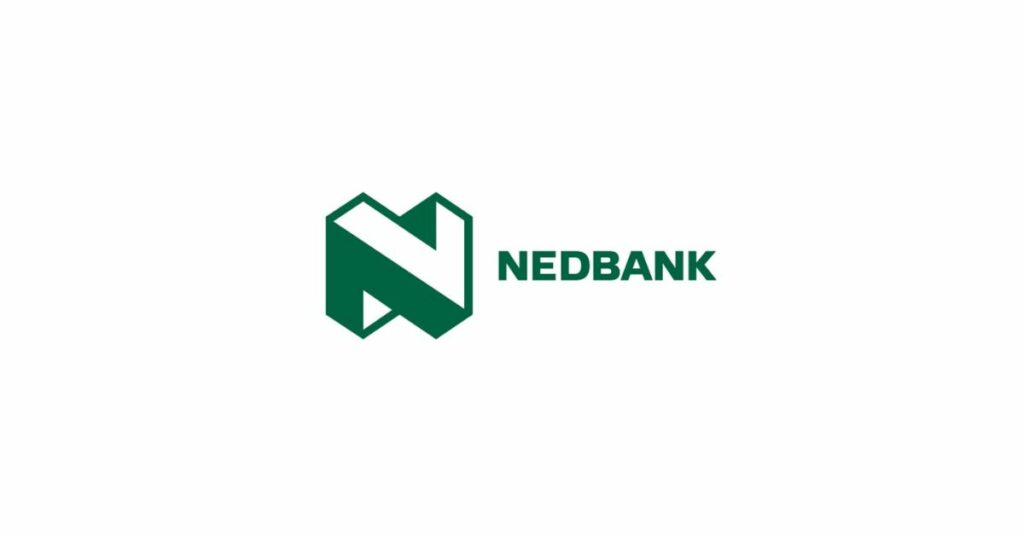
Sending money electronically is a common practice in South Africa, whether it’s paying bills, shopping online, or transferring funds to friends and family. However, mistakes can happen, such as entering the wrong account number or paying an incorrect amount. In such cases, a payment reversal might be necessary. Understanding how payment reversals work within South African banks can help you address these issues promptly and effectively.
Key Takeaways
- Types of Payment Reversals: Payment reversals in South Africa fall into three main categories, authorisation reversals, refund reversals, and chargebacks. Each type has its own process and timing depending on the stage of the transaction.
- Why Reversals Happen: Reversals can be requested by either the customer or the merchant due to errors, fraud concerns, damaged goods, or duplicate transactions. The reason determines which reversal process is used.
- Preventing Chargebacks: Businesses can reduce the number of chargebacks by using authorisation holds, offering easy refund options, and keeping detailed records. Strong customer service also plays a key role in managing and preventing disputes.
About Arcadia Finance
Need a Loan? Let Arcadia Finance Simplify It. Apply with zero fees and choose from 19 trusted lenders, all NCR-compliant. Our streamlined process makes getting the right loan quick, safe, and stress-free.
What Does Payment Reversal Mean?
A payment reversal refers to the process where money used in a transaction is returned to the bank account of the person who made the payment. This is sometimes also called a credit card reversal or a reversed payment. The process can be triggered by various parties, including the person who made the payment (cardholder), the business or seller (merchant), the bank that issued the card, the merchant’s bank (acquiring bank), or the payment network or card service provider.

Why Might a Merchant Choose to Reverse a Payment?
There are several common reasons why a seller or service provider may decide to cancel a payment and return the money:
- The item the customer ordered was out of stock, and the seller could not fulfil the order.
- The seller suspects the customer may be trying to commit fraud, such as by using stolen payment details.
- The customer cancelled the order after making the payment, possibly because they no longer wanted the item or made the purchase by mistake.
- The product received was very different from what the customer expected, often due to poor product information or misleading advertising.
- The amount charged was not accurate, such as when a system error results in charging the wrong price.
- The same payment was processed more than once, resulting in a duplicate transaction.
Did you know that even if your payment reversal request fails, you might still have options? Learn the exact steps and documents you’ll need in our guide on how to recover a payment error with your bank.
Why Would a Customer Want to Reverse a Payment?
There are several reasons why a customer may request that a payment be reversed and the money returned to their account:
- The payment was made by mistake, such as when the customer accidentally clicks “pay” or chooses the wrong product or service.
- The goods arrived damaged or did not arrive at all, which leads the customer to ask for their money back.
- The service or delivery process did not meet expectations, such as delays, poor handling, or lack of communication from the seller.
- The customer’s card may have been used without permission, often due to card fraud or theft.
- The item or service received was not what the customer expected, which can happen when product details were unclear or the actual item differed from the description.

What Types Of Payment Reversals Are There?
South African banks typically deal with three types of payment reversals: authorisation reversals, refund reversals, and chargebacks. Each one occurs at a different stage of the payment process and comes with its own procedures and outcomes. Knowing how these work can help consumers and merchants resolve payment issues efficiently.
These reversal types are not interchangeable. Authorisation reversals happen before the funds leave the customer’s account, refund reversals take place after the payment is completed, and chargebacks are initiated by the customer through their bank when other options fail.
Authorisation Reversal
An authorisation reversal is done before a payment is fully processed. When a card payment is authorised, the customer’s bank puts the money on hold, but it has not yet been transferred to the merchant. If something goes wrong, such as the wrong amount being entered or the customer deciding to cancel, the merchant can stop the transaction before settlement.
Pre-authorisation holds are also common in sectors like car rentals and hotels, where a specific amount is reserved upfront. If the full amount isn’t used, the unused portion is reversed. Since the money never actually leaves the account, authorisation reversals are quicker, cheaper, and do not show on the customer’s statement as a full transaction.
Not sure why a payment reversal takes time to reflect? Understanding how available balance and current balance work in South African banking can help you know when you’ll actually see the money back in your account.
Refund Reversal
If the payment has already gone through, the next option is a refund reversal. This is when the merchant returns the money to the customer’s bank account through a new transaction. Although the refund often matches the original charge, it is processed separately and will be subject to normal settlement times.
Customers might see the refund as a pending credit on their account before the money clears. The merchant decides whether to process the refund, but if they refuse, the customer might escalate the issue and request a chargeback from their bank.
Chargeback Reversal
A chargeback happens when the customer contacts their bank to dispute a payment. If approved, the bank credits the customer and reclaims the money from the merchant. This usually includes a penalty fee unless the merchant challenges the chargeback with supporting evidence.
Merchants who face frequent chargebacks may be flagged as high-risk by banks or card networks. This can lead to stricter processing rules or even account suspension, making it harder for the business to operate using card payments. Chargebacks are the most complex and costly type of reversal.

How Long Do Payment Reversals Take?
The time it takes for a payment reversal to be completed varies, depending on the type of transaction and the method used to reverse it. In some cases, the reversal may be processed immediately, while in others, it can take several weeks or even months before the issue is fully resolved.
Authorisation reversals are typically processed straight away. These occur when a merchant cancels a transaction before it is settled. In many cases, this type of reversal is handled in the background and the customer may not even be aware it has taken place.
Refunds generally take longer than authorisation reversals, but not as long as chargebacks. A refund is processed as a separate transaction in which the merchant’s bank sends the amount back to the customer’s account. Once initiated, a refund may take anywhere from five to ten working days to reflect in the customer’s account. During this period, the customer’s bank might issue a notice of a pending credit to confirm that the refund is being processed.
Chargebacks are the slowest and most complicated type of payment reversal. They also tend to be more expensive for merchants. When a chargeback is filed, the merchant has the right to dispute it by providing evidence that supports their case. This process, known as representment, may stretch the resolution timeline further, sometimes taking several weeks to finalise.
Most chargeback cases are resolved within a timeframe of 30 to 60 days. However, if a chargeback moves into arbitration or enters a second cycle, the resolution period may be extended considerably, depending on the complexity of the dispute and the number of parties involved.
Bank-Specific Reversal Procedures in South Africa
Each major South African bank offers specific methods for reversing payments, whether for debit orders, EFTs, or mobile transfers. Below is a summary of how to initiate reversals with FNB, Standard Bank, Capitec, ABSA, and Nedbank.

FNB (First National Bank)
Reversing a Debit Order:
- Log in to the FNB app.
- Navigate to the “My Debit Orders” section.
- Select the debit order you wish to reverse.
- Choose “Reverse” and follow the prompts.
Reversing an eWallet Payment:
- Open the FNB app.
- Go to “Payments” > “eWallet”.
- Tap “Transaction History”.
- Select the specific transaction.
- Click “Reverse” and confirm.

Standard Bank
Reversing a Debit Order:
- Open the Standard Bank app.
- Tap “Manage” at the bottom of the screen.
- Select “Debit Orders” > “Reverse a debit order”.
- Choose the account and the specific debit order.
- Provide a reason for the reversal and confirm.

Capitec Bank
Reversing a Payment:
- Open the Capitec app and log in.
- Navigate to “Transact” > “View Transaction History”.
- Select the transaction you wish to reverse.
- Tap on “Reverse” and follow the prompts.

ABSA Bank
Reversing a Debit Order:
- Log in to the ABSA app.
- Tap “Menu” > “Debit Orders”.
- Select the account and the specific debit order.
- Tap “Reverse Payment”, provide a reason, and confirm.

Nedbank
Reversing a Debit Order:
- Log in to the Nedbank Money app.
- Select the account from which the debit order was deducted.
- Tap on “Debit Orders”.
- Choose the debit order to reverse and tap “Stop”.

How To Improve Payment Reversal Processes
Businesses need to maintain reliable systems for handling payment reversals, especially since a high number of chargebacks can affect profitability. The following guidance can help shape a more effective approach:
Use Authorisation Holds Where Practical
Rather than charging a customer immediately, consider using an authorisation hold to reserve funds until you are certain that stock is available and the order can be fulfilled. If there is a problem with the transaction, you can simply cancel the hold. This avoids the involvement of banks, speeds up resolution, and reduces the need for formal reversals.
Make Refund Requests Easy For Customers
Allow customers to contact your business easily when they need a refund, and encourage them to take this route before contacting their bank. Having a straightforward refund process can reduce the likelihood of chargebacks being filed.
Build Strong Customer Service Teams
Customer service staff should be equipped with the right tools and support to manage payment reversals. This includes staff who can process standard refunds quickly, as well as dedicated teams who can review and dispute chargebacks if they appear to be dishonest or inaccurate. Being responsive and well-organised can improve outcomes in both scenarios.
Maintain Accurate And Well-Organised Records
Thorough record-keeping is essential when handling chargeback disputes. Keeping track of orders, communications, and transaction details not only helps when responding to potentially false claims, but also gives you insight into common reversal causes. This can assist in finding patterns and reducing future incidents.
Conclusion
Understanding how payment reversals work is helpful for both customers and businesses in South Africa. Whether it’s due to a mistake, unauthorised payment, or a failed delivery, there are ways to correct the issue through authorisation reversals, refunds, or chargebacks. Each method has different rules, timeframes, and outcomes. For merchants, having reliable processes in place can reduce chargebacks and improve customer satisfaction. For consumers, knowing when and how to request a reversal can help recover lost funds more efficiently. Clear communication, prompt action, and record-keeping are key to handling payment disputes correctly.
Frequently Asked Questions
Authorisation reversals are generally the fastest option, as the money has not yet been transferred out of the customer’s account. These are often processed immediately and may not even appear on the customer’s bank statement as a completed transaction.
Yes, EFT reversals are possible, but they depend on the policies of both the sending and receiving banks, as well as whether the funds have already been withdrawn. You will need to contact your bank as soon as possible to request assistance with the reversal.
Refunds typically take between 5 to 10 working days to reflect in your bank account. During this period, your bank might show a pending credit to let you know that the refund is being processed.
If a merchant declines to provide a refund, you can escalate the matter by contacting your bank and requesting a chargeback. Your bank may ask you to provide proof that you tried to resolve the issue directly with the seller.
In most cases, authorisation and refund reversals do not carry any fees for the customer. However, chargebacks may result in fees for merchants, and too many chargebacks can lead to stricter rules or account limitations.
Fast, uncomplicated, and trustworthy loan comparisons
At Arcadia Finance, you can compare loan offers from multiple lenders with no obligation and free of charge. Get a clear overview of your options and choose the best deal for you.
Fill out our form today to easily compare interest rates from 19 banks and find the right loan for you.


